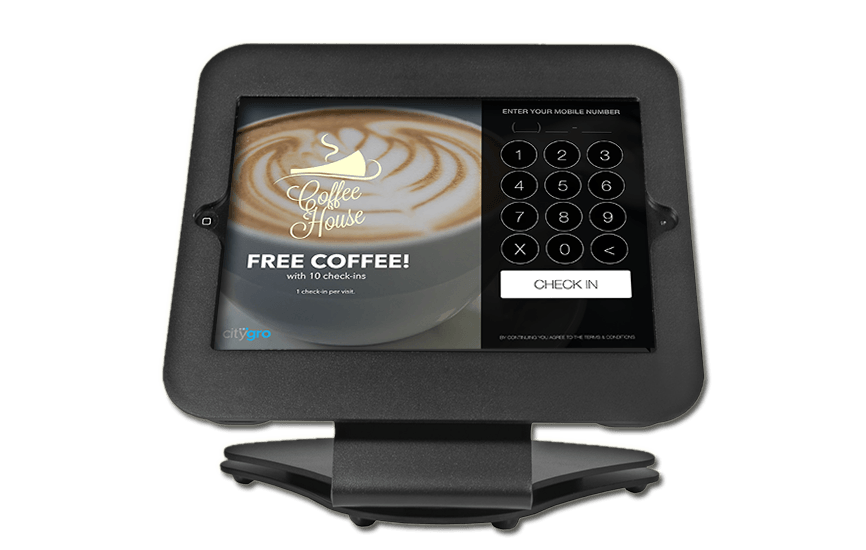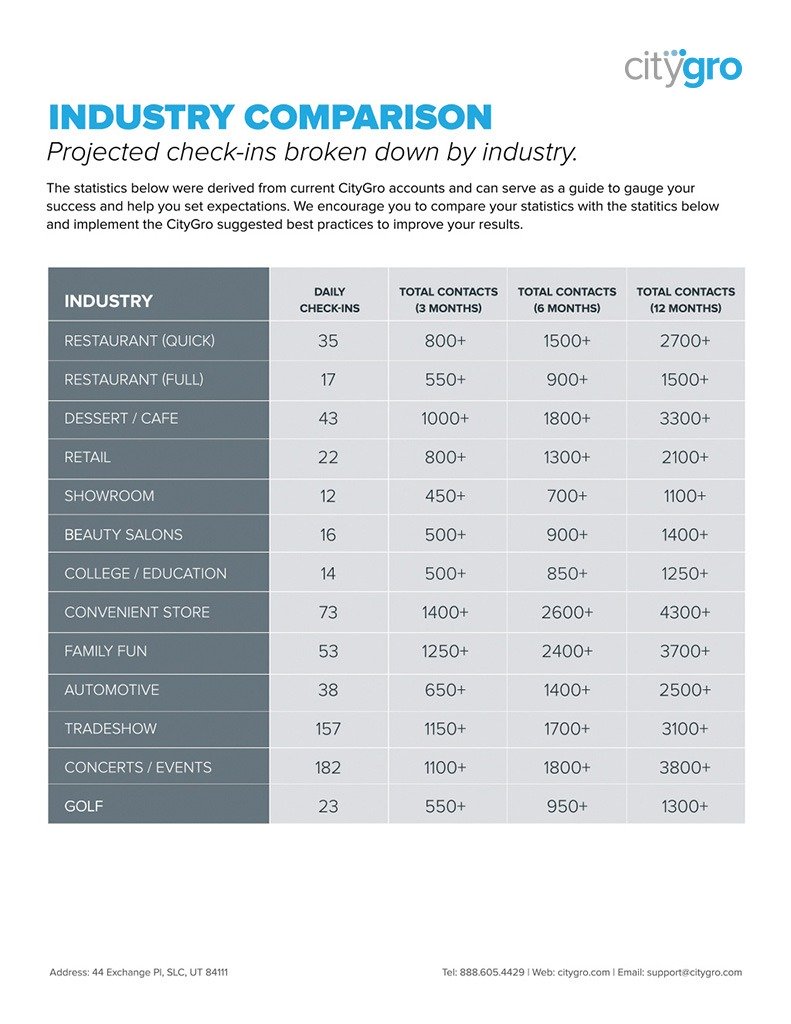5 Key Elements of Repeat Customer Engagement
There was a day when marketing was a buyer’s market. Whoever spent the most cash on advertising typically dominated the market. Not anymore. While traditional advertising still has its place, many businesses are finding the top-down, mass, ‘interrupt and repeat’ model less effective. Instead they are turning to more creative, social, and relevant strategies to bring customers in. These strategies involve building relationships between businesses and their customers, as no relationship will flourish without customer engagement.
Customer Engagement Case Study — Utah State University, 2011
Years ago, I was involved in an experiment at Utah State University. This experiment tested the difference in effectiveness between printed advertisements and direct customer engagement. The study focused on communication primarily through text messaging. We conducted the experiment within two large student-housing facilities. These facilities were roughly the same size and had the same amount of students. Our goal was to increase the attendance at a yearly social. Hundreds of students were invited down to the housing lobby for refreshments and to learn about the activities that would be available throughout the year.
USU’s Customer Engagement Strategy
As they did every year, posters were hung and fliers were scattered. They knew that if they could get students to come to this first event, attendance to all other events would increase. To test the results of direct student engagement, a single text message was sent to students of one building ten minutes before the start of the event. The results? The building that had the text message sent just prior to the event had over ten times the students come to the lobby than the building that had not received the text. A couple of the students that did come in the non-communicating building actually had received a text from a friend in the other building.
So why the drastic difference? Several reasons, but one large reason comes down to “noise.” Today’s world is noisy. In the example above the promotional materials for the event were competing with hundreds of other flyers, posters, and events. In result these fliers and posters simply did not get noticed. The same noise exists in businesses today. There are more restaurants, mechanics, retail stores, etc. than there has been in days past. Consumers have built up a tolerance for traditional advertising. This has led the successful businesses to get creative and the uncreative businesses to be less successful. How do we cut through the noise? By implementing a strategy for customer engagement. Let’s break down five key elements of repeat engagement.
5 key steps to building an effective customer engagement strategy .
-
-
Customer engagement requires permission to engage.
In the example above, the USU housing department had a huge advantage that the average business does not have. They had a list of phone numbers with the ability to text their students. This took planning and work on behalf of the staff. Without it, their only option was to “spam” the students with flyers. As each student registered for their apartment, they were asked if they would like to receive text and email updates about events that year. In addition to contact info, they asked what type of events each student was interested in. This gave them the ability to personally reach students, according to each student’s interest.
-
Getting permission to engage is different based on your environment.
How do you get permission to engage when you have a restaurant, retail store, or other service business where your customers don’t register to buy? It’s a fair question, but building repeat engagement is possible in any environment. Have you ever shopped at Staples and had the employee ask for your email address? Or used your phone number at your grocery store for loyalty points? Chances are when you signed up you were asked if you’d like to get specials and promotions. While some customers will say no, many will say YES to the chance to save some money the next time they come in. Have you ever registered a loyalty card and had to give your email address, zip code, and even a birthdate before it’s activated? That’s an attempt to build repeat engagement.
-
Don’t create barriers against engaging with your business.
Once you’ve decided to develop a strategy for repeat customer engagement and are committed to finding the right fit for your business, remove all barriers that would prevent customers from participating. For example, asking people to connect with you on Facebook but requiring them to go home and look up your business creates a barrier as customers will likely forget after they leave your store. Encouraging them to register their loyalty card without reminders to do so is likely to get poor participation as well. As hard as it may be to get a single item of contact information at the register, you will find the ability to remind people to connect with you is often all you need to drive action.
-
Engage customers through different channels.
I’ve now mentioned several ways to engage your customers including email, SMS, and social media. While each channel has different benefits, communicating to customers through as many channels as possible helps ensure that your message will get read. Try SMS marketing for time-sensitive messages, email marketing for a low-cost solution for regular blasts and outreach, and social media outreach to help spread word of mouth.
-
Get your employees on board.
The first step to an effective customer engagement strategy is to train your employees to be engaging. Even the perfect strategy will have a hard time getting off the ground without employee participation. Train your employees to welcome customers, invite customers to participate in the programs you are running, and ensure that they know about the follow-up communication that your customers will receive. One way to ensure that your employees know about the communication you are sending your customers is to have them sign up for the communication themselves.
-
Once again, today’s world is noisy. Establishing a strong customer engagement strategy will help ensure that your customers will keep coming back time and time again. Following the five steps above will put you well on your way to better customer communication and repeat engagement.







 Get this section from Jon. Get this section from Jon. Get this section from Jon. Get this section from Jon. Get this section from Jon. Get this section from Jon. Get this section from Jon. Get this section from Jon. Get this section from Jon.
Get this section from Jon. Get this section from Jon. Get this section from Jon. Get this section from Jon. Get this section from Jon. Get this section from Jon. Get this section from Jon. Get this section from Jon. Get this section from Jon.

